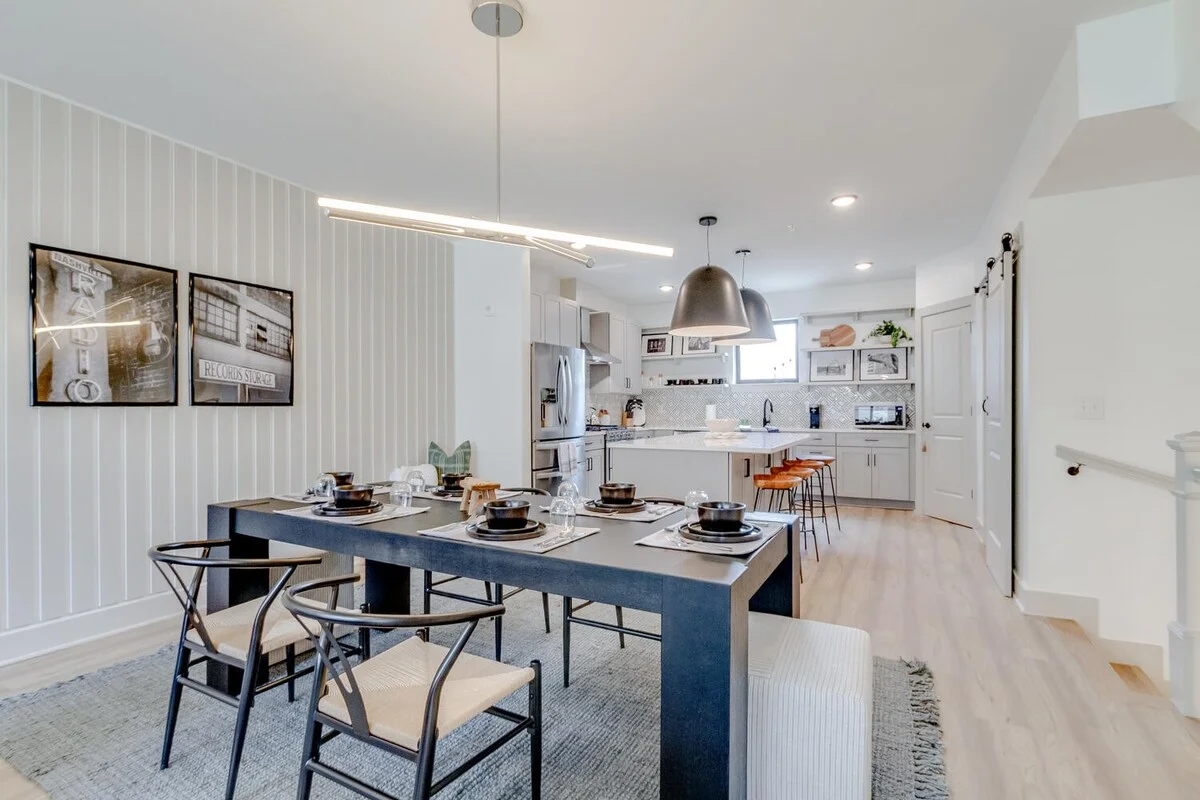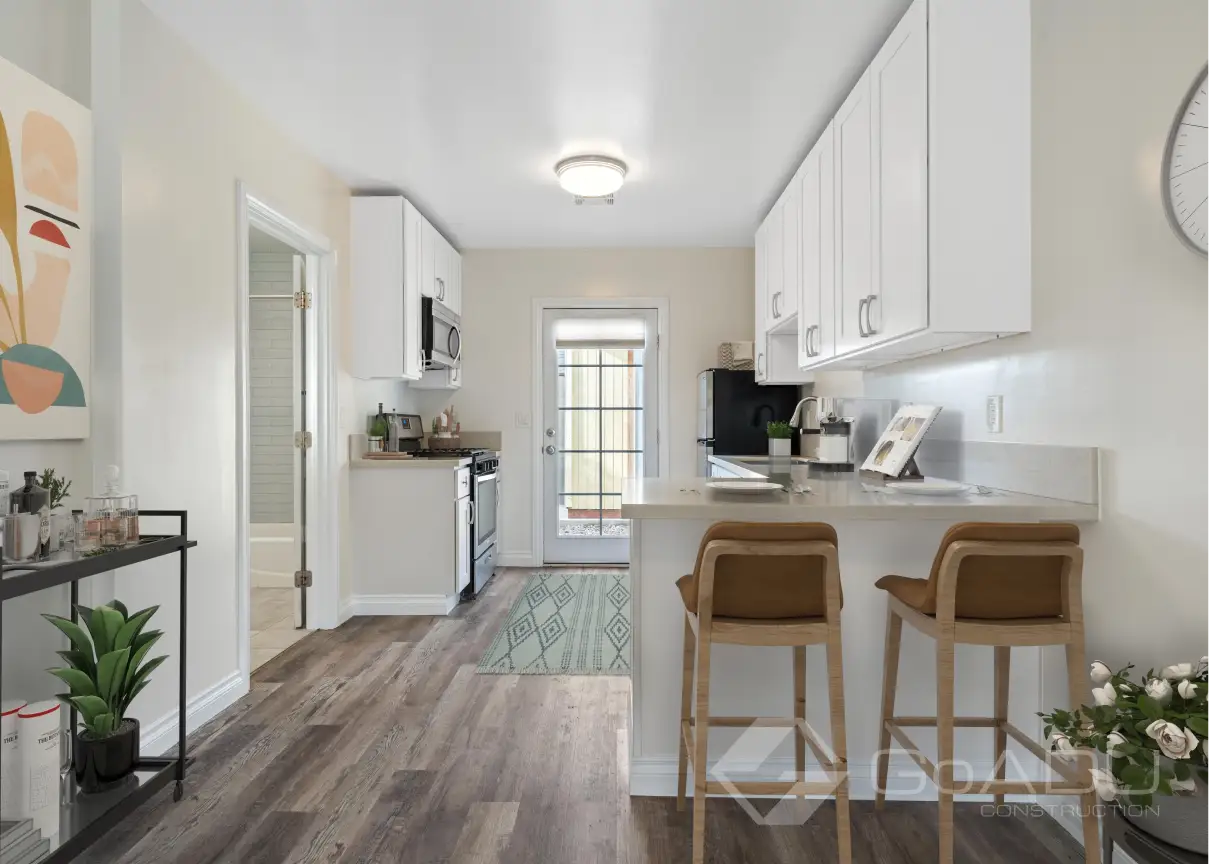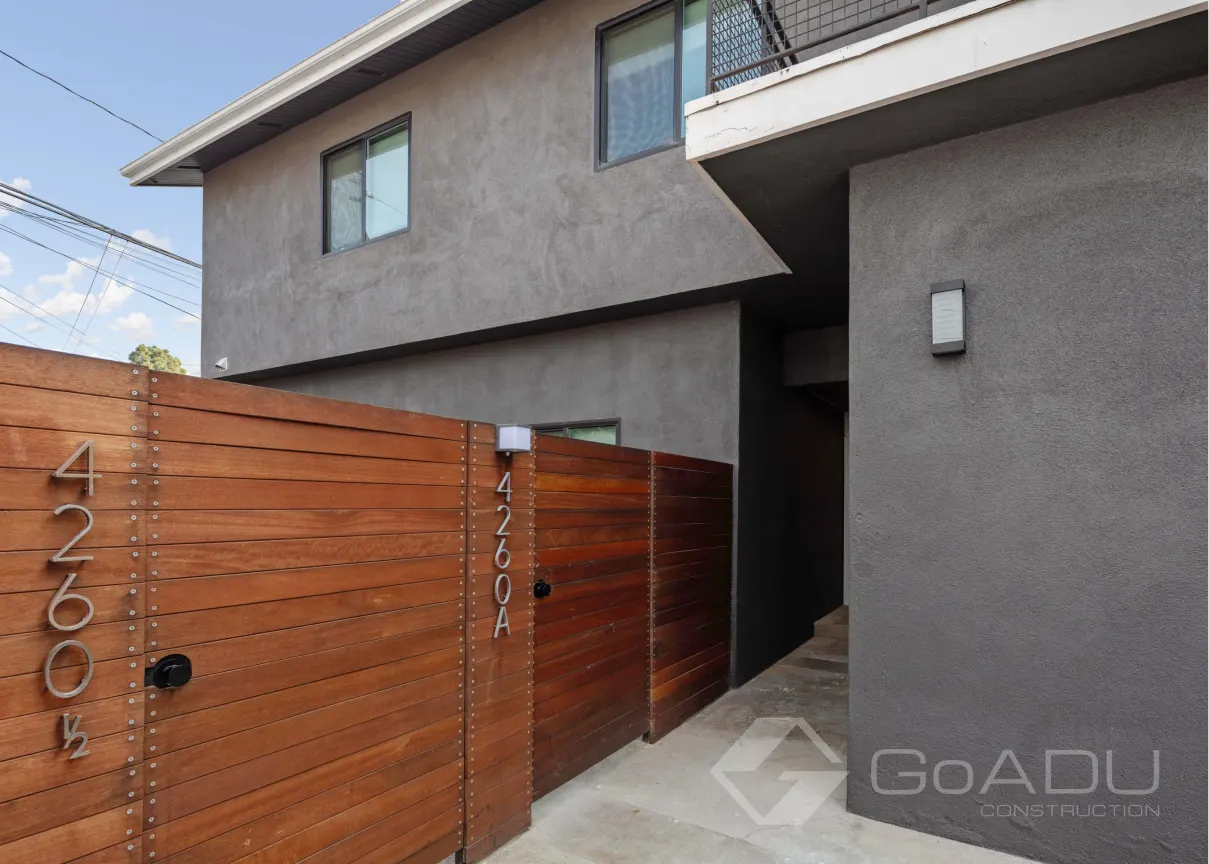Multifamily properties in the City of Los Angeles must abide by state requirements for the number of Homes on multifamily property. Specifically, you may build:


The City of Los Angeles has recently streamlined its plan-check process. Instead of the plans having to be sent one at a time to each department for clearance, LADBS reviews each plan report and consolidates all the needed changes early in the process. The process consists of:
The average turnaround time from submission to approval is 4-6 months, though it can be as little as two months if there are no complications. For complicated plans (coastal development zones, historical zones, etc.), it can take as long as a year or more.
LADBS may periodically send inspectors to check the project’s progress and verify that it is being constructed according to plan.
The parking requirements for a residential property with A Custom Home is one additional space per Custom Home. No additional parking is required for a JCustom Home, nor is it required when the Custom Home is part of an existing or proposed primary dwelling unit or other structure within the property.
Properties located within ½ mile of walking distance from a public transit stop or station may be exempt from parking requirements. So, too, are properties in historic districts and properties within one block of a designated car-share pickup location.
If a garage or carport is replaced with A Custom Home, property owners are not required to replace those off-street parking spaces.
